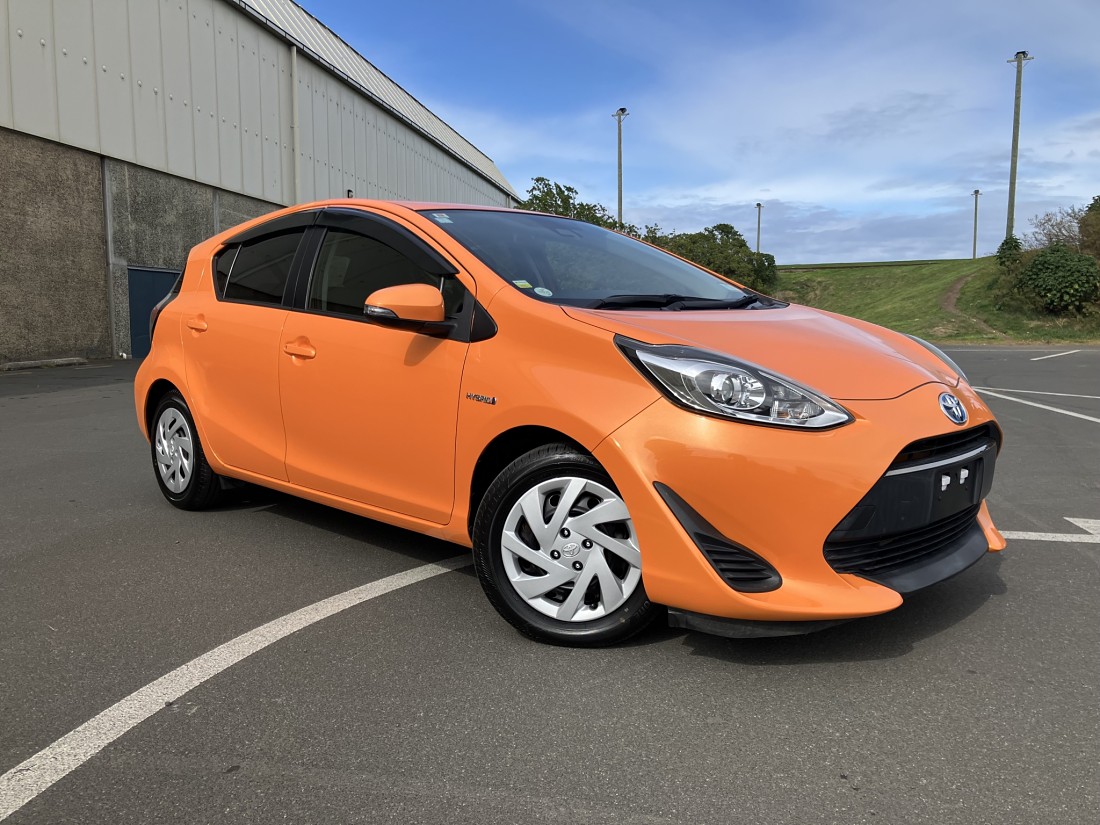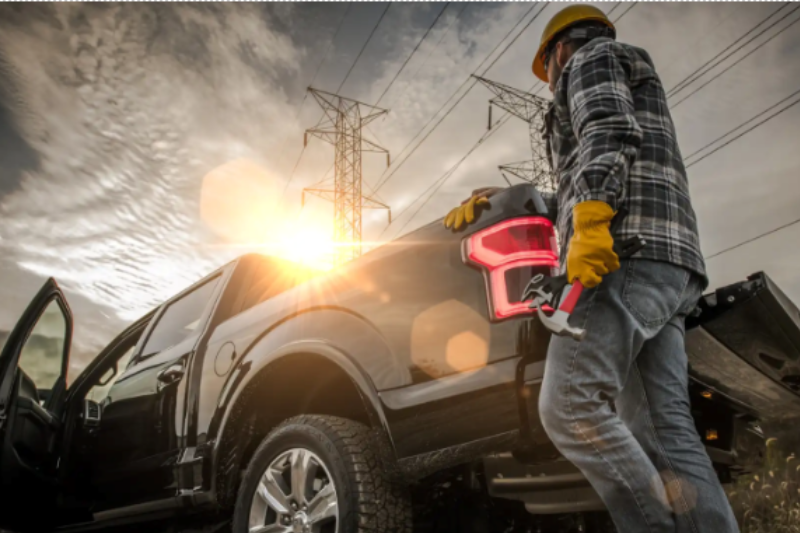
Whether you’re dealing with rising gas prices or looking for ways to save an extra buck, fuel efficiency seems to be at the forefront of everyone’s mind. While swapping out your old gas guzzler and buying an NZ hybrid car is your most straightforward method for avoiding the pressure at the pump, there are things you can do while driving to save a few dollars.
Discover how to improve fuel economy while driving as we cover fuel-efficiency tips and debunk old and outdated myths.
4 Tips to Improving Your Car’s Fuel Efficiency
Shed that Extra Weight
If you’re lugging unnecessary cargo from place to place, you could hurt your car’s fuel efficiency. The heavier your vehicle, the more fuel it will take to move it. The general rule is that every extra 50kg your car puts on increases fuel consumption by about 2%. So, to improve fuel economy, you’ll want to get your car a good weight loss plan and remove any unnecessary items. Do you need that bike rack on the back? If not, get rid of it!
Keep Your Tyres Pumped
Underinflated tyres will make for a bumpy ride and an expensive one too! As tyres deflate, it increases their rolling resistance on the road’s surface, generating more friction with every kilometre you travel. This increased resistance means your car needs more fuel to turn those wheels. By regularly checking the inflation of your tyres and ensuring they meet the recommended PSI levels, you can improve your car’s fuel economy.
Avoid Idling at All Costs
Between morning commutes that inevitably grind to a halt and roadworks causing congestion, it can be difficult to avoid idling entirely. Where possible, turning your engine off is always better for fuel efficiency. Idling will, on average, drain about 0.75L/hour to 1.9L/hour of fuel. While it may only seem like a drop in the bucket, every little bit counts when improving fuel efficiency. Not only does idling waste fuel, but it can also damage your engine over time, leading to further reductions in fuel efficiency.
Slow Down and Drive Sensibly
Many Kiwi motorists think of themselves as amateur race car drivers, flying from 0 to 100km as fast as their four-door sedan will take them and come to a screeching stop just as quickly. These boy racer tendencies can negatively impact fuel efficiency. Slamming on the brakes will increase fuel consumption as it requires you to accelerate again. Engines use far less fuel when revolving at a slower RPM, so hammering the accelerator should also be avoided. Changing your driving habits to being a bit more sensible is an easy yet effective method for how to improve fuel economy while driving.

Debunking Common Fuel Economy Myths
Myth 1: You Should Let Your Car Warm Up Before Driving
You’ve likely been scolded by your parents for jumping in the car and hitting the gas immediately – because you should let the car warm up first! In reality, modern engines feature controlled fuel injectors that ensure it gets to the right temperature, so there’s no need to sit around waiting for it to warm up.
Myth 2: Air-Conditioning Always Reduces Fuel Economy
When discussing how to improve fuel economy, people often argue that using air conditioning is bad for fuel economy. But this isn’t always true. In some cases, driving with open windows at high speeds may increase air drag and reduce fuel economy more than air conditioning.
Myth 3: Filling up When it’s Cold Gets You More Fuel
Many cunning motorists believe filling up when it’s cold will get you more bang for your buck since a cooler liquid is denser. This theory may sound plausible, to begin with, but it falls apart when you realise petrol stations store fuel in underground storage tanks that are largely unaffected by temperature swings.
Don’t Let the Pump Break Your Bank
With the current gas prices, it’s tempting to leave your car in the garage and never leave the house again! However, you can squeeze out a little extra value at the pump by learning how to improve fuel economy while driving.
If you want to go all the way and ditch gas entirely, Portage Cars has a range of NZ EV cars for sale, so you’ll never have to worry about gas again! Browse our range online today or visit one of our dealerships.


